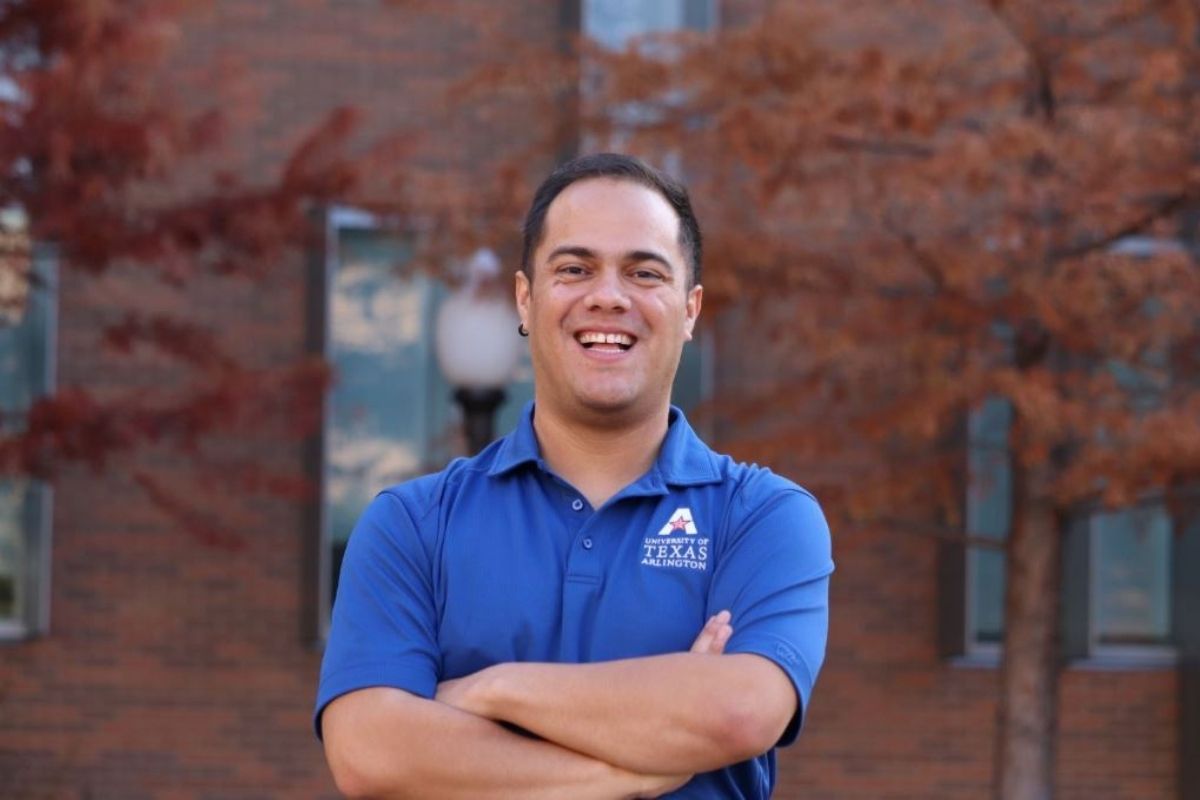Old techniques and new technologies
A University of Texas at Arlington computer scientist is exploring how to integrate materials like clay, silicone, glass, biomaterials and textiles with 3D-printing technologies.

Cesar Torres, an assistant professor in UTA’s Computer Science and Engineering Department received a three-year, $402,000 grant from the National Science Foundation (NSF) for the project, which will support interdisciplinary undergraduate research across several makerspaces at UTA, including the landmark UTA FabLab. Chris McMurrough, associate professor of instruction and director of senior design in the department, is co-principal investigator.
The team is establishing an NSF Research Experiences for Undergraduates site on campus that will allow 10 undergraduate student researchers from around the U.S. to participate in designing and developing the next generation of digital fabrication workflows.
Time-honored processes used by glass and ceramics artist are rarely reflected in today’s digital fabrication technologies. Torres is looking at these processes from a design perspective to determine how to integrate technology and traditional techniques.
For instance, glass makers use gestures and motions to ensure that everyone knows what’s happening throughout the process. Torres and glass research mentor Justin Ginsberg from UTA’s Art and Art History Department will guide research that places sensors on bodies, clothing and tools to document the complex motions that occur within UTA’s state-of-the-art hot glass workshop. This data will be used to design artificial intelligence-based learning technologies that provide real-time feedback to novice glass makers.
Torres also is looking at how materials such as clay and silicon can be used in 3D printing. Printing with clay, for example, allows practitioners to recover from failures with simple clay-forming techniques. Printing with silicone and conductive silicone also offers unique advantages, including wearable, skin-safe and functional applications. But their use requires leveraging workflows from hobbyist communities, such as soap and candle makers, Torres said.
“Most people approach manufacturing from an engineering perspective, but there are ways to integrate technology into ancient processes and make manufacturing better,” said Torres, who directs The Hybrid Atelier, a creative technology research makerspace. “We are bringing people who are traditionally left out of these conversations in to participate in this interdisciplinary approach to innovation.”
Torres’ research has great potential for the integration of artificial intelligence into society, according to Hong Jiang, chair of the Computer Science and Engineering Department.
“This is exciting research because it expands the norms of what AI should be, giving us a glimpse of what it could be,” Jiang said. “Dr. Torres is very good at incorporating creativity and innovation into technology in ways that make it accessible to everyday people in daily life.”
- Written by Jeremy Agor, College of Engineering